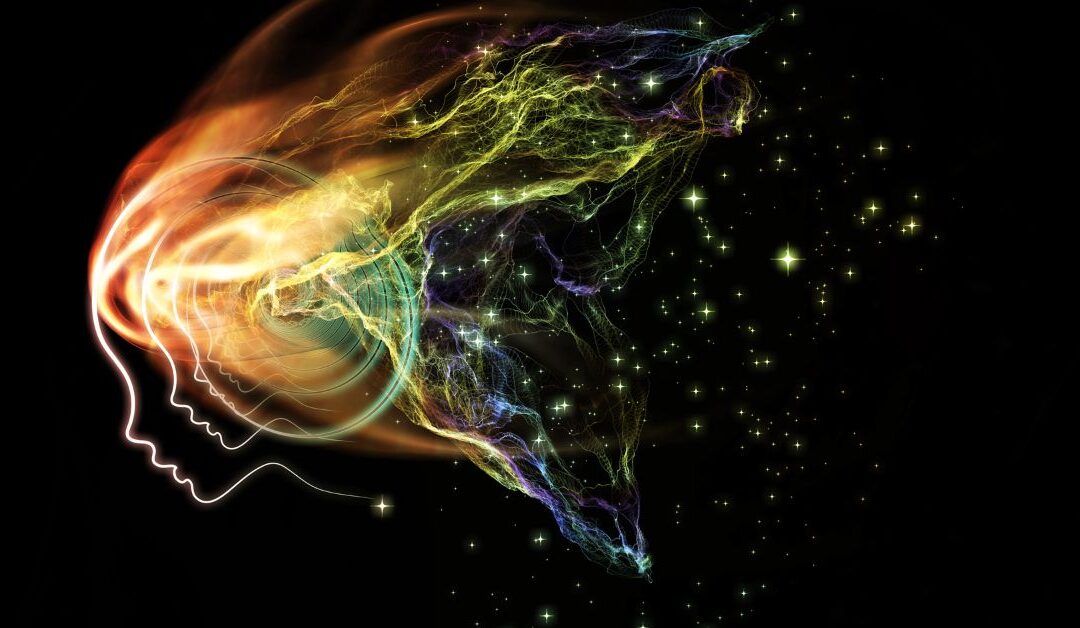Explore the captivating term of DMT, also known as dimethyltryptamine, often referred to as the “dream molecule” due to its profound hallucinogenic effects and association with dream-like experiences. This naturally occurring psychedelic compound is found in certain plants, animals, and even the human brain, capturing the attention of scientific researchers and spiritual seekers alike. In this article, we’ll uncover the science behind DMT, its chemistry, potential therapeutic uses, and its role in spirituality and consciousness, all while ensuring a seamless user experience.
What is Dimethyltryptamine: The Chemical Composition
The Chemical Structure of DMT
DMT belongs to the tryptamine family of compounds, structurally related to the neurotransmitter serotonin. Its composition, with a tryptamine backbone, two methyl groups, and an additional indole ring, closely resembles serotonin and other neurotransmitters.
Natural Sources of DMT
DMT is found in various plant species, such as Psychotria viridis and Banisteriopsis caapi, commonly used in traditional ayahuasca brews. Additionally, trace amounts of DMT have been discovered in the human brain, leading to speculations about its role in dream states and altered consciousness.
A Dimethyltryptamine Experience: How It Alters Consciousness
The Mechanism of Action
Upon ingestion or inhalation, DMT rapidly crosses the blood-brain barrier, interacting with serotonin receptors, including the 5-HT2A receptor. This interaction induces a profound alteration in sensory perception, leading to vivid visual and auditory hallucinations.
The Role of Neuroplasticity
The impact of DMT on neuroplasticity has garnered significant interest. The compound’s ability to promote the formation of new neural connections and alter existing ones suggests potential therapeutic implications, fostering transformative experiences and personal growth.
Potential Therapeutic Benefits
Though DMT’s therapeutic potential is in its infancy, preliminary research and anecdotal reports suggest a range of potential benefits. Studies indicate that DMT-assisted therapy may have antidepressant and anxiolytic effects, potentially alleviating symptoms of mood disorders and anxiety. Additionally, DMT may be explored as a tool for addressing trauma, addiction, and end-of-life anxiety in therapeutic settings.
DMT and Spirituality: The Mystical Experience
DMT and Mystical Experiences
DMT is renowned for inducing mystical and profound experiences that transcend ordinary waking consciousness. Users often report encounters with otherworldly entities, visits to alternate dimensions, and a profound sense of interconnectedness with the universe.
Ancient and Indigenous Use
DMT-containing plants have been used in spiritual and shamanic rituals by indigenous cultures for centuries. Revered as a sacred sacrament, DMT provides access to divine realms and spiritual insights, contributing to healing, divination, and communion with the spiritual world.
The Intersection of Science and Spirituality
The mystical experiences induced by DMT have intrigued scientists, theologians, and philosophers alike. While the scientific community seeks to unravel the neurobiological basis of these experiences, spiritual seekers interpret them as glimpses into higher consciousness and the interconnectedness of all life.
DMT and Healing: Potential Therapeutic Applications
Addressing Mental Health Challenges
As researchers delve deeper into the therapeutic potential of psychedelics, including DMT, promising findings suggest that these compounds may revolutionize mental health treatment. Studies show that psychedelic-assisted therapy, including DMT, may alleviate symptoms of depression, anxiety, and post-traumatic stress disorder (PTSD).
The Role of the Therapeutic Setting
The therapeutic context in which DMT is administered is essential for harnessing its potential benefits. Experienced facilitators guide participants through their journeys, creating a safe, supportive, and non-judgmental environment. Integration practices after the experience help individuals apply the insights gained during the session to their daily lives.
Breaking Patterns and Fostering Transformation
DMT’s ability to induce transformative experiences may help individuals break free from negative thought patterns, gain insights into the root causes of their challenges, and foster profound shifts in perception and behavior. The introspective and cathartic nature of the experience offers a unique opportunity for deep healing and personal growth.
The Journey Continues: Ethical and Legal Considerations
Ethical Use and Cultural Sensitivity
As interest in DMT grows, it is crucial to approach its use with respect for indigenous traditions and cultural sensitivity. The increasing popularity of DMT raises concerns about cultural appropriation and the need to protect the knowledge and practices of traditional cultures.
Navigating Legal Frameworks
The legal status of DMT varies worldwide, and navigating the complex legal landscape is essential for those seeking to explore its potential therapeutic benefits. While some countries strictly regulate or prohibit DMT, others allow for the religious or ceremonial use of certain DMT-containing plants.
Conclusion
DMT, the “dream molecule,” holds the promise of unlocking the mysteries of consciousness and fostering transformative healing experiences. As science and spirituality converge, the exploration of DMT’s therapeutic potential and its profound impact on human consciousness continues to captivate the imagination of researchers and spiritual seekers alike. As the journey into the world of DMT unfolds, it is essential to approach its use with reverence, respect for tradition, and a commitment to responsible and ethical exploration. The dreamlike realms of DMT await those ready to embark on a transformative quest of self-discovery and spiritual awakening.

Written by Jordan Buchan
Jordan is the founder of Conscious Cues. Her work is centered around the mind-body connection as it is explored through neuroscience, yoga, meditation, and other healing practices.

